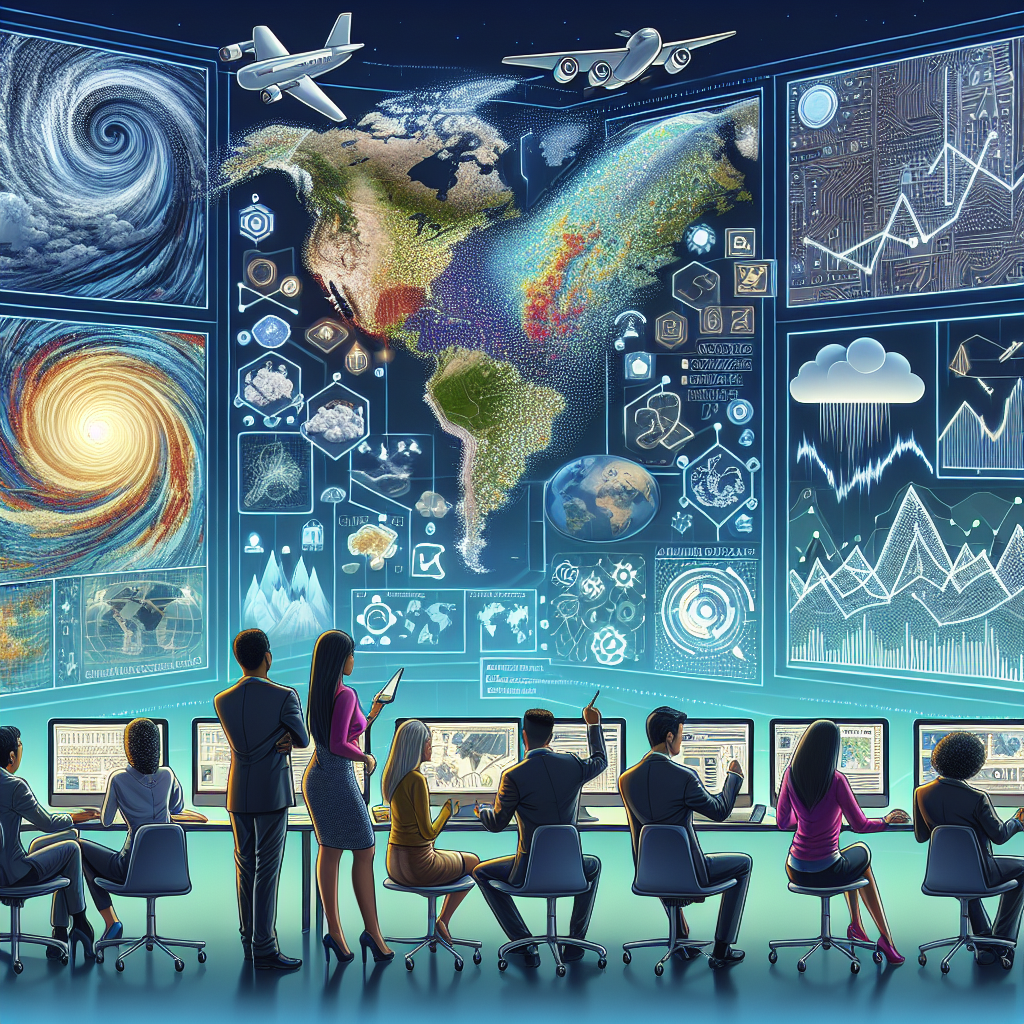“`html
Exploring AI’s Role in Natural Disaster Prediction
Welcome, curious reader! If you’ve ever wondered how artificial intelligence can help predict natural disasters, you’re in for an enlightening ride. Let’s dive into some common questions about this fascinating intersection of technology and earth sciences.
What is AI and how does it relate to natural disasters?
Artificial Intelligence (AI) refers to computer systems designed to perform tasks typically requiring human intelligence. These might include analyzing complex datasets, recognizing patterns, or even making decisions. When it comes to natural disasters, AI helps by:
- Data Analysis: AI can sift through vast amounts of data from multiple sources rapidly. This includes satellite imagery, seismic data, and weather patterns.
- Pattern Recognition: By identifying patterns, AI systems can predict events like earthquakes or hurricanes before they materialize.
- Predictive Modeling: AI creates models that help forecast the path and potential impact of an impending disaster.
Why is AI important in predicting natural disasters?
Great question! The importance of AI in this field lies primarily in its potential to save lives and mitigate damage. Let me break it down:
- Speed: AI can process information and provide predictions faster than humans, crucial when every second counts.
- Accuracy: Enhanced pattern recognition means predictions are often more accurate, minimizing false alarms and ensuring timely action.
- Scalability: AI systems can cover large geographical areas, providing warnings across affected regions simultaneously.
Can AI really predict disasters that well?
While AI isn’t a crystal ball, it’s a powerful tool. Its predictions are getting better as technology and data quality improve. However, it’s vital to note:
- AI predictions are probabilistic, meaning they indicate likelihoods rather than certainties.
- The success of AI in predicting disasters depends largely on the quality and quantity of data available.
- It’s a supporting tool and should be used alongside human expertise and intuition.
What are some real-world applications of AI in disaster prediction?
A few standout examples where AI is making waves:
- Earthquake Prediction: AI analyzes seismic data and can identify patterns that precede earthquakes.
- Weather Forecasting: Advanced AI models enhance the accuracy of hurricane paths and expected intensity.
- Flood Monitoring: By monitoring weather conditions and river levels, AI can predict floods and give timely warnings.
What are the challenges facing AI in natural disaster prediction?
Despite its potential, AI faces hurdles:
- Data Limitations: Inadequate data can lead to less accurate predictions.
- Complexity of Natural Systems: Mother Nature is intricate, and even the best models can struggle with its unpredictability.
- Interdisciplinary Collaboration: Scientists, engineers, and AI specialists need to work closely, which can sometimes be challenging.
In summary, AI is a promising ally in predicting natural disasters. While not perfect, its evolution continues to offer hope and enhance our preparedness. Got more questions? I’m here to help!
“`
